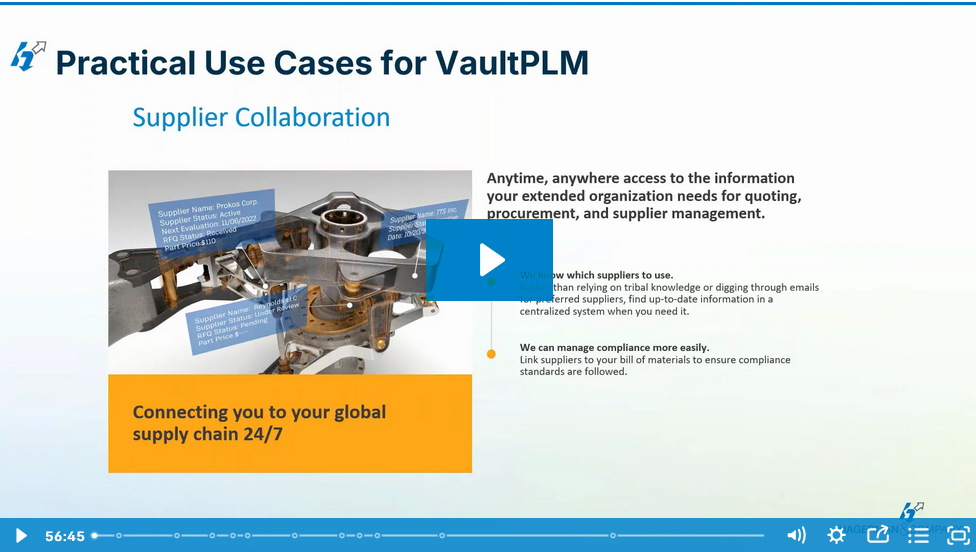You can see it off in the distance: the finish line; the end of another successful project. Only one thing stands in your way. It’s what always stands in your way. Those three little words that can stupefy even the most experienced engineer: the Bill Of Materials.
Ok, so maybe BOMs aren’t quite so dramatic, but they can be tedious, time consuming, and a frustrating source of errors. They’re vital, though, and increasingly so as the complexity of our product increases, and as more vendors and suppliers become involved.
With the tools available today, though, we need no longer fear the dreaded BOM. Many of you may have a great BOM management tool sitting right in front of you – Autodesk® Vault Professional. From generation to validation to communication, Vault Professional can solve a wide range of traditional BOM management problems.
How Mature is Your Process?
One way to tackle improvements in BOM generation is to consider the ‘maturity’ of your process. Autodesk breaks maturity levels of BOM management into three distinct levels. So, how mature are you?
Level 1 – Manual
You have no formal data management system for managing a BOM. The generation and communication of BOM data is manual, and is typically communicated on the face of the drawing. In addition, once the BOM is handed off to Manufacturing, Engineering rarely hears about it again.
Unless there are errors, of course. Which happens. A lot. This method of BOM management is very prone to mistakes. Line items may be incorrect or missing completely. The BOMs often have to be re-entered into another business system, which creates a whole new opportunity for mistakes. Transposing a single set of characters in a 24 digit manufacturer part number for a long-lead-time item could cost you weeks of delays.
If your BOM management is at this level, you’re definitely not alone. The good news is that you have tons of room for improvement. It can be easy to implement better BOM management in your organization, and the payoff can be substantial.
Level 2- Semi-Automatic
You create and share BOMs digitally (say via Autodesk Inventor’s BOM management tools), but that sharing is ad-hoc. The BOM may get saved to a spreadsheet then emailed to Manufacturing. Maybe they are then dumped into a shared folder on the network.
This is a substantial improvement over Level 1, and from my experience most companies that are mature with their parametric modeling process are at this level. While the sources of the most egregious BOM errors have been eliminated, though, there is still substantial room for improvement.
For example, BOM management is largely disconnected from the Change Management process. BOM revisions may not be closely tracked, and their review and modification is handled separately from CAD document changes. Communication can be an issue as well. Is the BOM sitting on the P: drive really the most up-to-date? Who knows? And how can you even tell?
Level 3 – Automatic but Disintegrated
No, this level does not involve shooting your BOMs with a phaser, as much as you might like to do so. At this level you may be using a Data Management system to manage BOMs and collaborate with Manufacturing. Maybe BOM changes are even managed along with model and drawing changes. Your BOM data may not be integrated with other business systems, though, which limits your ability to make decisions, improve product design, etc.
How Can Autodesk Vault Professional Help?
The Benefits
While Vault Professional could provide benefits regardless of your current BOM Management maturity, the best return on your investment will come if you’re at Level 1 or Level 2. Here are some of the key benefits of managing your BOM with Vault Professional:
- Maintain an accurate, up-to-date, complete BOM
- Avoid manual data entry, improving productivity and preventing costly mistakes
- Find data faster
- Better understand the impact of changes
- A central source of data that enables collaboration and communication





Comments